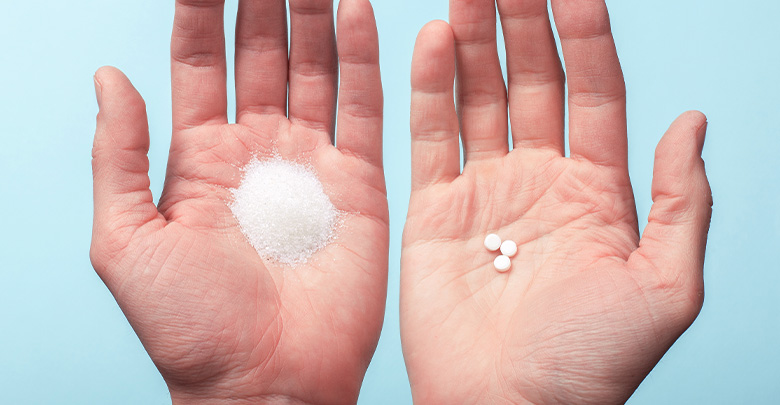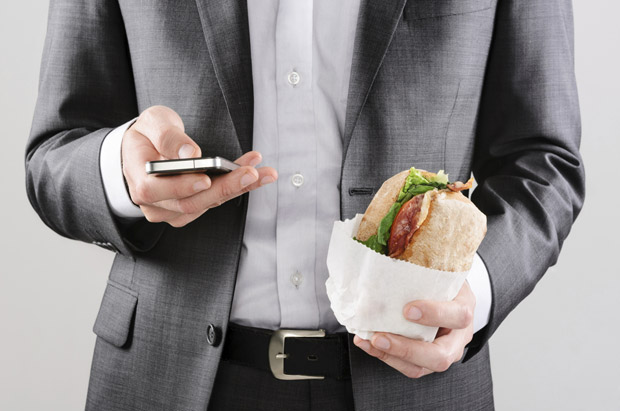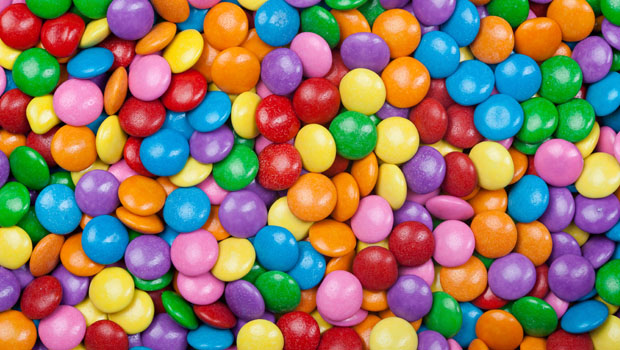Alternative Sweeteners: What Are They & How Do They Impact Your Blood Sugar
Many low-carb or “non-nutritive” alternative sweeteners are sold but which are safe for your health, for your blood sugar, and for your gut?

If you’ve ever eaten too many “Sugar-Free Russell Stover’s” chocolate truffles on Valentine’s Day, you know what I’m talking about: no thank you, sorbitol.
There are a lot of alternative sweeteners. Some are good options and a few you should approach with caution or avoid altogether. Let’s take a look:
Erythritol
What is it?
Mostly used in baking and many low-carb food products, erythritol is one of the many sugar alcohols least likely to impact your blood sugar and considered “non-caloric” — especially compared to older sugar alcohols, like sorbitol, which is often used in “sugar-free” chocolates and candy products.
“Erythritol was first isolated in 1852,” explains Wikipedia. “In 1950, it was found in blackstrap molasses that was fermented by yeast, and it became commercialized as sugar alcohol in the 1990s in Japan.”
Is it safe?
There’s no reason to believe erythritol has any long term negative effects on your health, but it should still be consumed in reasonably thoughtful amounts. Drinking or eating erythritol all day, every day is likely to make you sick. Too much at one time or too much in one day can easily upset your stomach and give you diarrhea. (This is true for all sugar alcohols!)
Stevia
What is it?
Mostly used in baking, low-carb food products, and diet beverages like Zevia soda, stevia is derived from a plant that is about 150 times sweeter than sugar, which is why you can’t just substitute straight stevia for sugar in recipes. Instead, it’s usually mixed with something else, like cornstarch or another artificial sweetener.
Fortunately, it contains zero calories and will not raise your blood sugar. It does have a different taste though. Stevia wasn’t “designed” to taste like sugar, it simply does taste sweet but that sweetness can taste a little bitter, too, which is why some recommend using it with other sweeteners. Or substitute half of the sugar in your recipe for a stevia sweetener.
Pure stevia is hard to find because it isn’t very useful. The tiniest pinch of pure stevia can be an overload of sweetness in your coffee or brownie recipe.
Is it safe?
Yes, it’s safe, but if you’re consuming pure stevia or a lot of a stevia-sweetened product, keep in mind that it can cause severe stomach pain by way of cramping. Pure stevia should be used extremely carefully and in moderation — most likely, you’ll overdo it once and never overdo it again! Lesson learned! You’ll have an easier time using a product like Truvia which is stevia mixed with erythritol.
Sucralose
What is it?
Mostly used under the brand name Splenda and many low-carb food products, this artificial sweetener’s claim to fame is that “it’s made from sugar, so it tastes like sugar.” It’s easily implied, too, that because it’s made from sugar, it’s very safe.
Sucralose is basically sugar that has been chemically altered, particularly by chlorinating it which severely minimizes the actual sucrose (sugar) in it.
It’s also 400 to 700 times sweeter than sugar, so a little goes a long way, and some might argue that it actually increases your sugar cravings because of this.
There’s also some speculation over whether or not it affects blood sugar levels in people with existing insulin resistance based on a very small study with 17 severely obese participants. Blood sugar levels increased by 14 percent and insulin levels by 20 percent. But in those who consume it regularly, it didn’t show a significant effect on either.
Is it safe?
Unlike stevia and erythritol, sucralose is a manmade product that started with an ingredient of sugar but is severely chemically altered by the time you’re putting it in your coffee.
In general, it doesn’t pose any immediate or obvious threats to your wellbeing, but some research suggests that it can reduce the number of good bacteria in your gut, which can then lead to other health issues.
As with everything else, don’t overdo it!
Aspartame
What is it?
Used in most diet sodas and beverages, aspartame has been around for a while (since 1965), and is often found under the names “Equal” (sugar packet form) and “Nutrasweet.”
While it does taste sweet — and it’s about 200 times sweeter than regular sugar — it can taste like a mouthful of chemicals if you aren’t used to consuming it.
Is it safe?
Since it’s been around the longest, it’s been tested the most, too. The number one most acknowledged side-effect of aspartame consumption is headaches.
While research hasn’t pinpointed any clear negative effects of aspartame, still take into account that just because it doesn’t raise your blood sugar doesn’t mean it’s good for you.
It is still a man-made chemical product that is usually combined with other chemical man-made products.
How much diet soda are you drinking every day? One soda per day is 30 sodas per month. Multiply that by 12 months in a year, and how many years you’ve been drinking at least once diet soda every day…and that’s a lot of aspartame.
Personally, I think we could all use a little more water and a little less soda.
Xylitol
What is it?
Mostly used in sugar-free gum, toothpaste, sugar-free candies/jams/baked goods, etc., this one is very poisonous to dogs. So keep that sugar-free gum zipped up tight in your purse!
It’s a sugar alcohol that’s found mostly in fruits and can be digested without the presence of insulin, and is metabolized mostly by your liver, like high-fructose corn syrup.
For people with diabetes, it should have little to no effect on your blood sugar.
Is it safe?
Like all sugar alcohols, too much is going to give you diarrhea. There’s just no way around that.
Otherwise, there’s no reason to fear xylitol.
Allulose
What is it?
One of the newer kids on the block, allulose is used in many of today’s modern low-carb food products, like ZenoBars. It’s found in a few very specific fruits, including jackfruit and figs.
The biggest perk: it’s naturally derived rather than being a chemical or sugar alcohol.
It contains about 70 percent of the sweetness of sugar, but only 3 percent of the calories.
Is it safe?
Guess what? No risk of diarrhea with this one. 70 percent of the allulose you consume is excreted through your urine and doesn’t ferment in your stomach which means it’s much gentler on your stomach compared to sugar alcohols like xylitol and erythritol.
There’s no reason to fear allulose! But hey, don’t go crazy with it though. Too much of anything is just too much.
Saccharin
What is it?
Saving the best for last? Saccharin is old-school, so old we should probably bury it.
Mostly used in Sweet n’ Low sugar packets, saccharin was actually discovered by accident when a chemist studying coal tar accidentally licked his finger and noticed a sweet flavor.
I’m not making this up.
“Saccharin was produced first in 1879, by Constantin Fahlberg, a chemist working on coal tar derivatives in Ira Remsen’s laboratory at Johns Hopkins University. Fahlberg noticed a sweet taste on his hand one evening and connected this with the compound benzoic sulfimide on which he had been working that day. Fahlberg and Remsen published articles on benzoic sulfimide in 1879 and 1880. In 1884, then working on his own in New York City, Fahlberg applied for patents in several countries, describing methods of producing this substance that he named saccharin.”
Saccharin is related to coal tar. Do you want that in your body?
Is it safe?
In short, no, but you won’t hear that from the FDA (Food and Drug Administration). And you really shouldn’t be consuming it when there are so many safer options on the market.
While it’s proven to cause a variety of health concerns in animals, it’s still been deemed safe in the USA.
Why would you want to consume something that is a direct relative of coal tar? I’ll pass.




